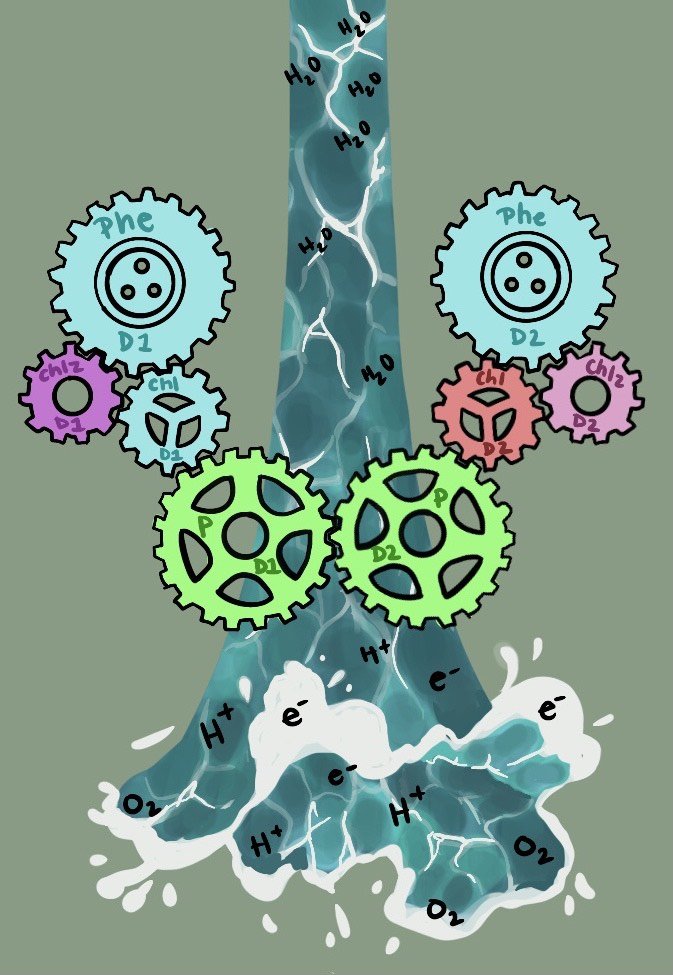
science communication
selected science communication works
The Green Machine: Photosynthesis as the Engine of Life
Graham Fleming's group at the University of California, Berkeley explores the excited state dynamics of charge separation in the photosystem II-reaction center using two-dimensional electronic-vibrational spectroscopy. See blog post at the Chemistry Community at Nature
Dancing Chromophores as part of the What is Coherence? series
See series at CSQC What is Coherence?
An interview with Professional in Residence Rachel Bernstein: Shining a light on science communities
Rachel Bernstein, PhD, is a the editor of Science Careers. Bernstein is joining the QB3-Berkeley Professionals in Residence (PIR) program on May 6 and May 13. Graduate students and postdocs may register for Bernstein’s PIR visit here. Bernstein spoke with graduate student Kaydren Orcutt about her journey from science writing to writing about the scientific community, and how her experiences at UC Berkeley helped shape her career.
Why you should stay single: The scientific benefits of using a single photon
Like many other labs, Graham Fleming’s group is focusing on interdisciplinary techniques to make new discoveries and explore the mysteries of fundamental processes. Chemistry graduate student Kaydren Orcutt highlights how researchers can combine physics and biology, generating single photons in a bid to unentangle the mysteries of photosynthesis.
Cross-campus collaboration: Meet CTAF/HTSF core facility director Mary West
Mary West, the director of the Cell and Tissue Analysis Facility and the High Throughput Screening Facility, explains how core facilities increase researchers’ access to equipment and highlights how these facilities play a crucial role in supporting labs’ work during campus COVID-19 restrictions.
It’s not easy being green: The role of green light in light harvesting complexes in plants
Graham Fleming’s lab has long created new techniques to facilitate further research into the fundamental processes of photosynthesis, especially those processes that have been previously overlooked or not well understood. Graduate student Kaydren Orcutt describes how a new technique, PA-2DEV, was used to study the states involved with harvesting green light by green plants and algae.





